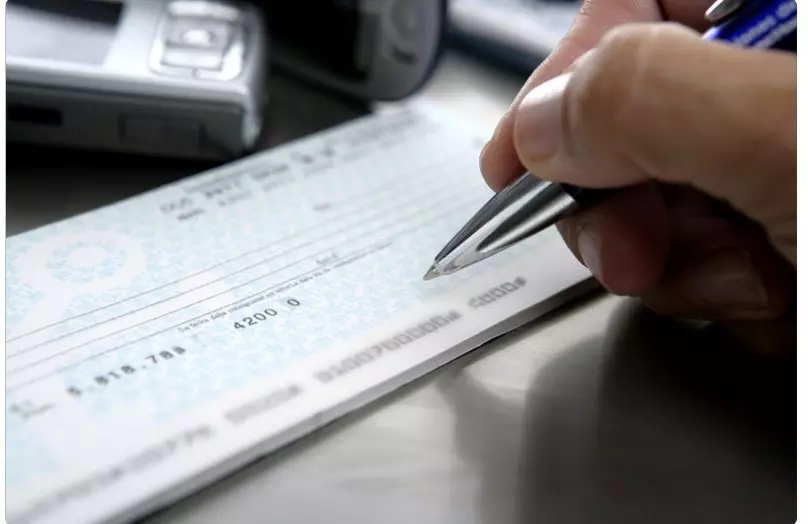New York Residents Urged to Stop Mailing Checks as Fraud Cases Surge!
One man’s experience with check fraud highlights a growing problem in the U.S. A retiree from Philadelphia mailed a check for just under $90, but criminals altered it and stole over $45,000. Despite two years of fighting, he is still struggling to get his money back.
According to The New York Times, although fewer checks are being written these days, the rate of check fraud is skyrocketing. This surge is creating significant issues for banks and their customers.
In the past year, banks reported about 680,000 cases of check fraud to the Financial Crimes Enforcement Network, a number that has nearly doubled since 2021.
According to the Associated Press, the U.S. Postal Inspection Service reported 300,000 complaints last year, double the previous year’s total. The USPS recovers more than $1 billion in fraudulent checks and money orders annually, as stated by the American Bankers Association.
The American Bankers Association warns that if you’ve mailed a check and the recipient never received it, it might have been stolen by criminals. They explain that fraudsters use methods like check-washing to commit these crimes. In check-washing, criminals target paper checks sent through the mail.
They use chemicals to remove the original information, allowing them to alter the check’s amount or change the payee’s name. The altered check is then deposited or cashed, resulting in the theft of your money.
For example, two years ago, a retired man from Philadelphia mailed a check for $84.83 to Verizon to pay his phone bill. However, his check was stolen and altered to read $45,678.12, made out to a person named Olivia Wallace. The criminals managed to cash the altered check, leaving the man to continue battling his bank for a refund, as reported by TIME.
To protect yourself from check fraud, it’s advisable to avoid mailing checks whenever possible. If you must send checks, the American Bankers Association offers these tips:
- Use indelible black ink: This type of ink is harder for criminals to wash off, making it more difficult for them to alter your check.
- Avoid leaving blank spaces: Ensure there are no empty spaces on the payee or amount lines of your check.
- Keep personal details off checks: Do not write sensitive information, such as your Social Security number, credit card details, driver’s license number, or phone number on your checks.
- Use mobile or online banking: You can access copies of your checks through your bank’s mobile or online platforms. Regularly review your bank activity and statements for errors or unauthorized transactions.
- Check your bank’s images of paid checks: If your bank provides images of paid checks, make sure the back of the check matches the intended payee. Criminals sometimes deposit checks without altering them.
- Consider electronic payments: To minimize the risk of check fraud, opt for e-checks, ACH automatic payments, and other electronic or mobile payment methods.
- Follow up with payees: Ensure that the recipients of your checks have received them.

